1. Shoes Come Off at the Door

One of the first things you’ll notice when you visit Japan is the ritual of removing your shoes before entering a home, and even some businesses. There’s usually a little step or platform where you switch into house slippers, and it’s not just polite — it’s expected. In the U.S., it’s a bit more casual; some people take off their shoes and others don’t really think about it shares Japan Guide.
In Japan, though, walking indoors with your outside shoes is a huge faux pas. Sometimes there are even special bathroom slippers that you change into just for restroom visits! It can feel like a lot of swapping around if you’re not used to it, but after a while, you kind of appreciate how clean everything stays. Just remember: when in doubt, check what everyone else is doing and follow their lead adds Reddit.
2. Cash Is King

If you’re used to tapping your credit card everywhere in the U.S., Japan’s love for cash might throw you for a loop. While big cities like Tokyo are starting to accept more cards, you’ll still find plenty of restaurants, shops, and even some hotels that only take yen says Wise.
Many locals carry a wallet full of cash every day without blinking an eye. ATMs can be a bit tricky too because not all of them accept foreign cards. Convenience stores like 7-Eleven are lifesavers because their ATMs usually do! It’s smart to plan ahead so you’re never caught in a situation where you can’t pay for your ramen shares Cash Matters.
3. Silence on Public Transportation

Imagine riding a packed train during rush hour, and it’s so quiet you can hear a pin drop. That’s what Japanese public transportation feels like — almost eerily silent compared to the constant chatter on U.S. buses and subways. People avoid talking loudly, and it’s considered rude to take phone calls while riding.
In America, it’s pretty normal to hear someone’s entire phone conversation or even a group of teenagers laughing it up in the back. In Japan, though, you’ll mostly hear soft announcements and the clack of the train on the rails. It’s a weird adjustment at first, but there’s something kind of peaceful about it. You might even find yourself whispering without realizing it!
4. Tipping Is Not a Thing

After a nice meal in the U.S., it’s second nature to leave a tip — but in Japan, it’s not only unnecessary, it can actually be seen as rude. Good service is just part of the culture there, not something you’re expected to reward with extra cash. If you try to tip, some servers will even chase you down to give your money back.
It’s such a strange feeling the first few times because you almost feel guilty walking out without leaving anything. But trust that you’re not offending anyone by just paying your bill and saying thank you. That said, in very rare cases like high-end hotels, a small tip in an envelope might be accepted. Still, when in doubt, just skip it!
5. Vending Machines Are Everywhere
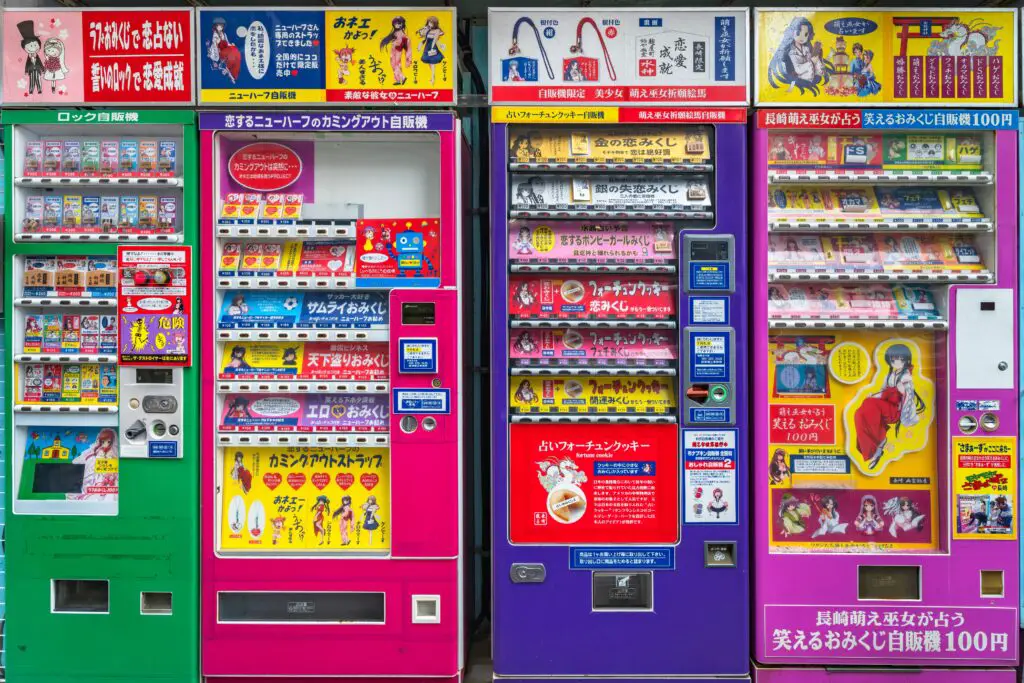
Sure, the U.S. has vending machines, but Japan takes it to a whole other level. They’re on almost every street corner, and they sell everything from hot coffee to fresh eggs. It’s incredibly convenient, especially when you’re tired or need a quick drink.
The sheer number and variety of machines is mind-blowing at first. You’ll find them tucked into the most unexpected places like tiny alleyways and temple entrances. They’re also incredibly clean and well-maintained, unlike the sometimes questionable machines back home. After a few days, you might start wondering why the U.S. hasn’t caught up yet.
6. Bowing Instead of Shaking Hands
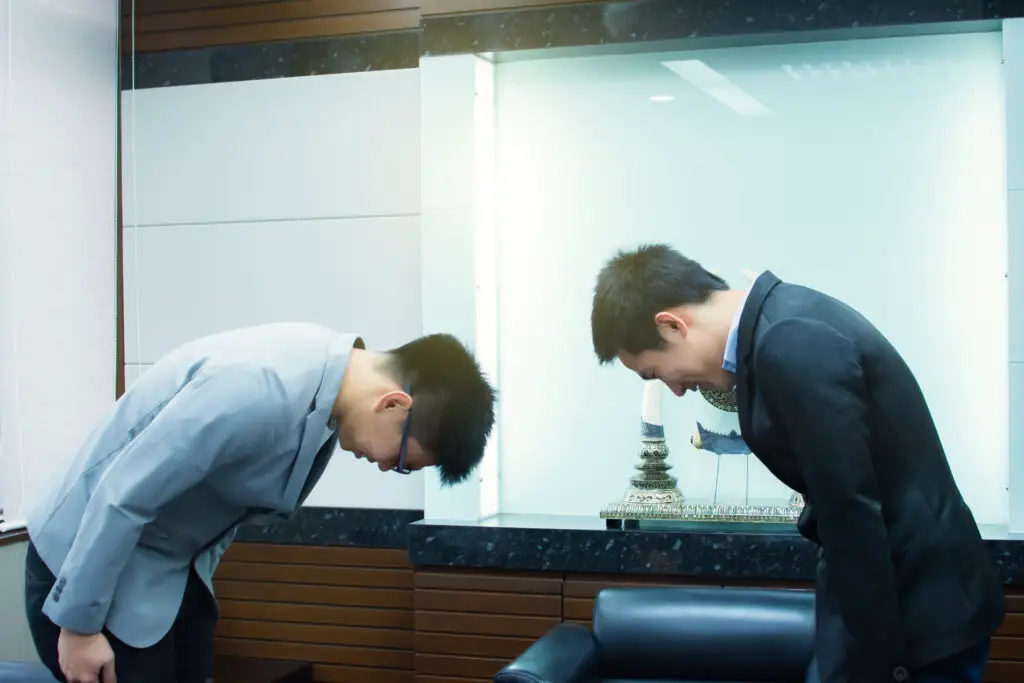
If you instinctively stick out your hand for a handshake, you might feel a little awkward in Japan. Bowing is the traditional greeting, and it’s used for everything from meeting someone to saying thank you or apologizing. The deeper the bow, the more respect you’re showing.
In America, a firm handshake is the norm, and people often judge character based on it. In Japan, the bow does all the talking, and handshakes are reserved for more international or formal settings. It feels a little stiff at first, but there’s a quiet grace to it. Eventually, bowing starts to feel just as natural as waving hello.
7. Umbrella Etiquette
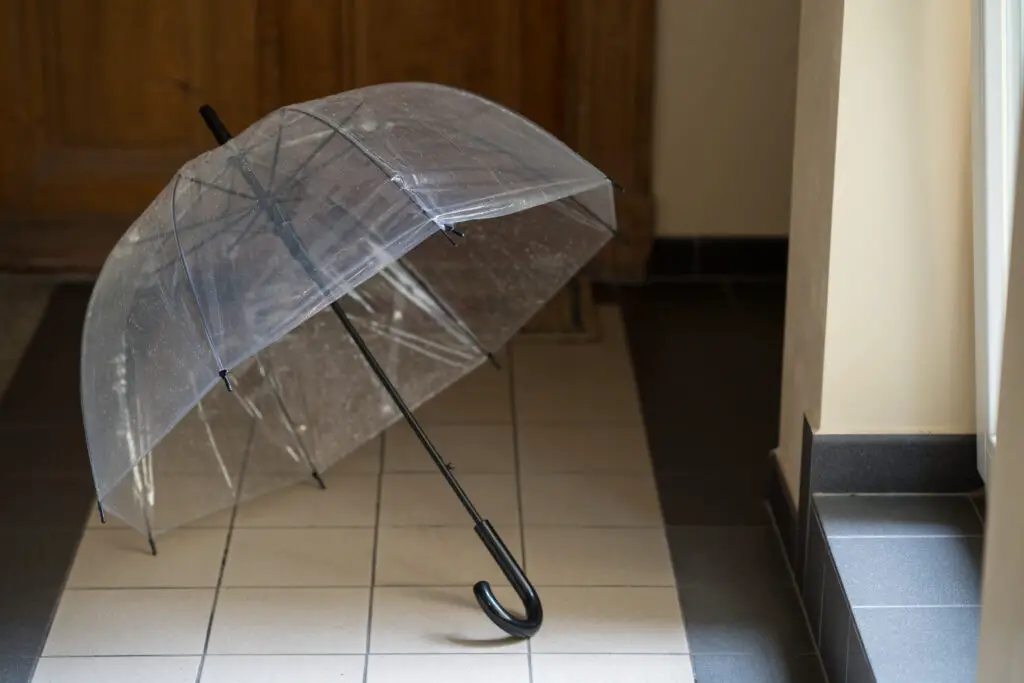
On rainy days in the U.S., it’s a free-for-all of dripping umbrellas and soggy shoes. But in Japan, there’s an actual umbrella culture — and yes, it’s very organized. Many stores offer special plastic sleeves to keep your umbrella from dripping on the floor.
Outside buildings, you’ll often find racks where you can leave your umbrella before you go inside. People actually trust each other not to steal them, which feels shockingly wholesome. If you forget yours, expect to find hundreds of identical umbrellas and a real challenge figuring out which one’s yours. It’s a small thing, but it really shows how deeply manners are woven into everyday life.
8. Personal Space Is Different
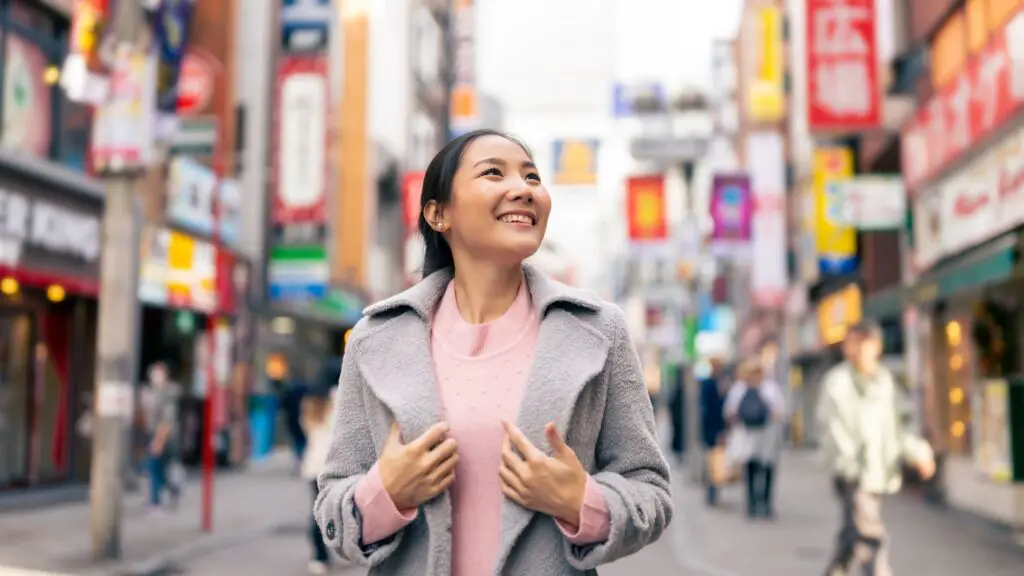
If you’ve ever felt like Americans have huge “personal bubbles,” Japan might surprise you. In crowded cities like Tokyo, people are packed tightly together on trains and sidewalks, but somehow it doesn’t feel aggressive. Everyone makes an effort to stay polite and nonintrusive even when space is tight.
At the same time, in social settings, Japanese people can be a little more reserved about physical touch. Things like big hugs or casual pats on the back aren’t very common. For Americans who are used to lots of casual contact, it can feel a little distant at first. But the underlying respect for personal boundaries is actually pretty refreshing once you get used to it.
9. Bathrooms Are Fancy (and Complicated)

Going to the bathroom in Japan can feel like stepping into the future. Many toilets have heated seats, built-in bidets, and a whole panel of buttons for various functions. It’s a far cry from the basic U.S. public restroom setup most of us are used to.
At first, it’s a little intimidating trying to figure out which button flushes and which one sprays water. Some even have a “privacy sound” button that plays music to cover up any noises! On the flip side, you might also encounter old-fashioned squat toilets in more rural areas. Either way, bathroom breaks turn into a mini-adventure every time.
10. Gift-Giving Is an Art Form

In Japan, giving gifts isn’t just thoughtful — it’s practically an art. Everything from the packaging to the timing is carefully considered. When you visit someone’s home or return from a trip, it’s common to bring a small present called “omiyage.”
In the U.S., gift-giving is usually reserved for birthdays or holidays, and it’s often more casual. In Japan, though, the presentation can be just as important as the gift itself. Sometimes you even apologize while giving the gift, saying it’s “not much” even if it’s really nice. It’s a lovely custom that shows how much emphasis the culture places on thoughtfulness.
11. Work Culture Is Intense

You’ve probably heard about Japan’s famous work ethic, but experiencing it firsthand is something else. Long hours, group loyalty, and after-work drinking sessions (called “nomikai”) are a huge part of professional life. Calling it quits at 5 p.m. is almost unheard of in many industries.
In the U.S., there’s been more of a recent push toward work-life balance. But in Japan, dedication to your company can sometimes border on extreme. Even vacation days often go unused because employees feel guilty taking time off. It’s impressive, but it also makes you realize how much American culture values personal time by comparison.
12. Quiet Dining Experiences

If you’re used to lively, loud restaurants full of laughter and conversation, Japan’s dining scene can feel surprisingly serene. Even in bustling ramen shops or izakayas, people tend to keep their voices low. Eating is more of a quiet, focused activity rather than a social event.
At first, it feels like you have to whisper over your bowl of noodles. But after a while, the calm atmosphere grows on you. It feels respectful somehow — like everyone is truly savoring their meal. Plus, it means you can actually hear yourself think, which is pretty nice after a noisy day out.
13. Seasonal Awareness Is Everywhere
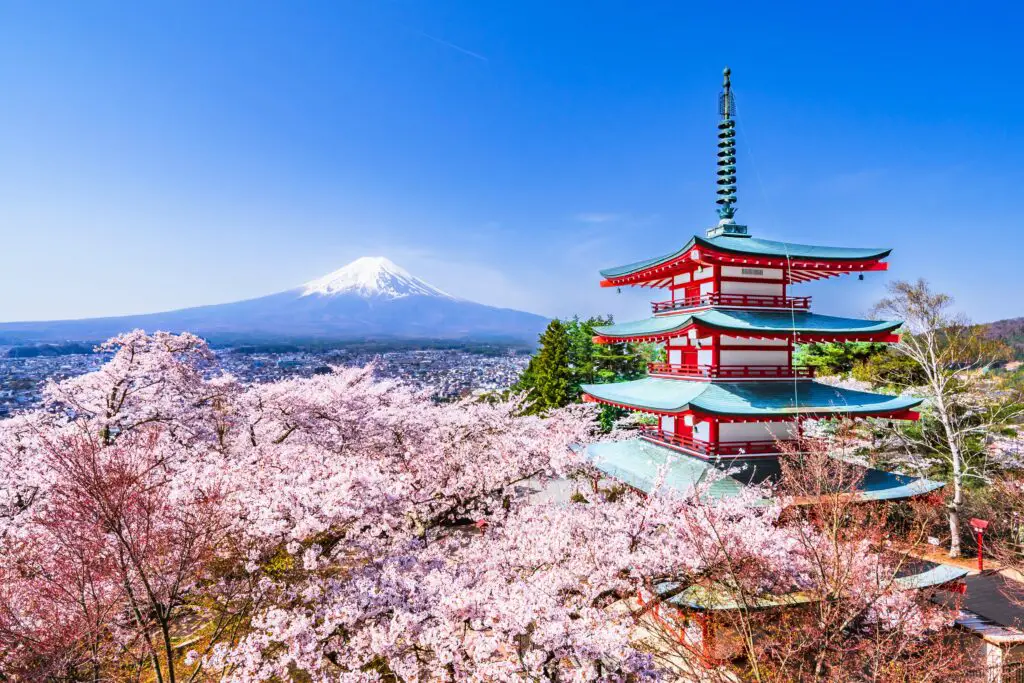
In the U.S., you might notice stores putting out pumpkins in fall or Christmas decorations in December, but Japan takes seasonal changes to another level. From special foods to limited-edition products and festivals, each season is deeply celebrated. Cherry blossom season in spring and the autumn leaf festivals are particularly beloved.
You’ll even see seasonal flavors of snacks like Kit-Kats or McDonald’s menu items that change throughout the year. It creates this lovely rhythm where you’re always looking forward to the next thing. Americans definitely celebrate holidays, but Japan’s seasonal spirit feels a lot more woven into everyday life. It’s a beautiful reminder to slow down and enjoy whatever season you’re in.
